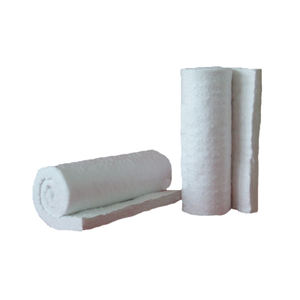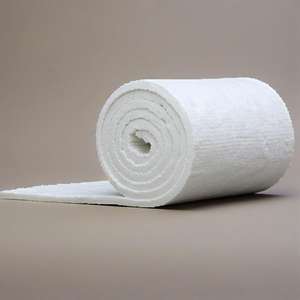Professional industry ceramic supplier, silicon nitride, silicon carbide, aluminum nitride and any other kinds of ceramics.
PRODUCT PARAMETERS
Description
Overview of Refractory Ceramic Fiber Rope
Refractory Ceramic Fiber Rope is a lightweight, high-temperature insulation material composed primarily of alumina-silica. It is manufactured through a melting and spinning or blowing process, resulting in a flexible, wool-like textile. This material is engineered to provide exceptional thermal management, conserving energy and protecting equipment in extreme temperature environments across various industries.
Features of Refractory Ceramic Fiber Rope
-
Excellent Thermal Stability: Withstands continuous operating temperatures up to 1260°C (2300°F) and higher for certain grades, with minimal shrinkage.
-
Low Thermal Conductivity: Provides highly efficient insulation, reducing heat loss and improving energy efficiency.
-
Lightweight & Low Heat Storage: Offers low thermal mass, enabling rapid heat-up and cool-down cycles for improved process control and energy savings.
-
Thermal Shock Resistance: Highly resistant to damage from rapid temperature changes.
-
Excellent Flexibility & Resilience: Can be fabricated into blankets, boards, papers, and textiles to fit complex shapes and applications.
-
Good Chemical Stability: Resists attack from most corrosive agents, except strong alkalis and hydrofluoric acid.
Specification of Refractory Ceramic Fiber Rope
Refractory ceramic fiber rope manages extreme warm. It withstands temperatures up to 1260 ° C (2300 ° F). This rope is made from pure alumina-silica ceramic fibers. These fibers obtain turned together securely. The result is a strong, versatile rope. It works well for sealing and insulation jobs in warm locations.
You locate this rope in several diameters. Usual dimensions are 3mm, 6mm, 9mm, 12mm, 15mm, 20mm, 25mm, and 30mm. The density is usually low. This reduced thickness assists its protecting power. It quits heat from relocating with it successfully. The rope is additionally really light. This makes it simple to take care of and install.
This product does not melt. It is non-combustible. It stands up to most chemicals as well. Acids and antacid normally don’t harm it. The rope remains steady under heat. It won’t diminish or split easily. This is very important for long-lasting use in heaters or boilers.
Its flexibility is a key benefit. You can pack it right into spaces easily. It fills up spaces between warm parts well. Individuals use it for gaskets in heater doors. They utilize it for development joint seals in kilns. It seals openings around pipes in hot tools. It protects electrical burner as well.
The rope takes care of thermal shock well. Rapid temperature level changes don’t break it. It has reduced thermal conductivity. This suggests it maintains heat where you desire it. It conserves power. It safeguards surrounding frameworks from warm damage.
You can suffice to the precise size required. Installation is basic. No special devices are required. It lasts a very long time even sought after conditions. This dependability makes it prominent in steel plants, foundries, power stations, and petrochemical websites. It provides vital heat protection.
Applications of Refractory Ceramic Fiber Rope
Refractory ceramic fiber rope takes care of high warm well. It remains solid and adaptable even under extreme temperatures. This makes it extremely beneficial for sealing spaces and protecting tools in warm areas. The rope is made from rotated ceramic fibers. These fibers resist chemical damage and do not burn quickly.
Manufacturing facilities use this rope widely. It secures doors on heaters and ovens tightly. It quits warmth from getting away and keeps chilly air out. This conserves power. The rope works as gaskets for pipes carrying hot gases or liquids. It prevents unsafe leaks efficiently. Employees pack it around heating elements inside commercial kilns. This insulation shields the kiln framework and boosts effectiveness.
Nuclear power plant depend upon this product. It secures openings in central heating boilers and exhaust systems. These areas see intense warm continuously. The rope stands up to the demanding conditions reliably. Chemical handling plants use it too. It secures flanges on pipelines managing warm, harsh chemicals. The rope’s resistance to chemical strike is essential below.
The rope protects expansion joints in ductwork. Steel expands and contracts with warmth changes. The adaptable rope fits this motion without damaging. It avoids warm loss at these crucial points. Fire safety is an additional significant use. Firemans obstruct openings with it throughout fires. It stops smoke and flames spreading with wall surfaces or air ducts. The rope stays undamaged enough time for getaway or rescue.
Its adaptability enables wrapping around complex forms. Workers install it easily on pipelines, shutoffs, and irregular surface areas. This produces a constant warmth barrier. The material is light-weight. It doesn’t include much stress and anxiety to frameworks. Maintenance crews change used areas promptly. The rope provides long service life with minimal maintenance. This saves time and money.
Aerospace and metal spreading sectors value its efficiency. It secures high-temperature heating systems for dealing with metals. Foundries utilize it around molten steel dealing with devices. The rope supplies important thermal security. Its toughness and warmth resistance address numerous commercial sealing obstacles.
Company Profile
Tanki New Materials Co.Ltd. focus on the research and development, production and sales of ceramic products, serving the electronics, ceramics, chemical and other industries. Since its establishment in 2015, the company has been committed to providing customers with the best products and services, and has become a leader in the industry through continuous technological innovation and strict quality management.
Our products includes but not limited to Aerogel, Aluminum Nitride, Aluminum Oxide, Boron Carbide, Boron Nitride, Ceramic Crucible, Ceramic Fiber, Quartz Product, Refractory Material, Silicon Carbide, Silicon Nitride, ect. please feel free to contact us.
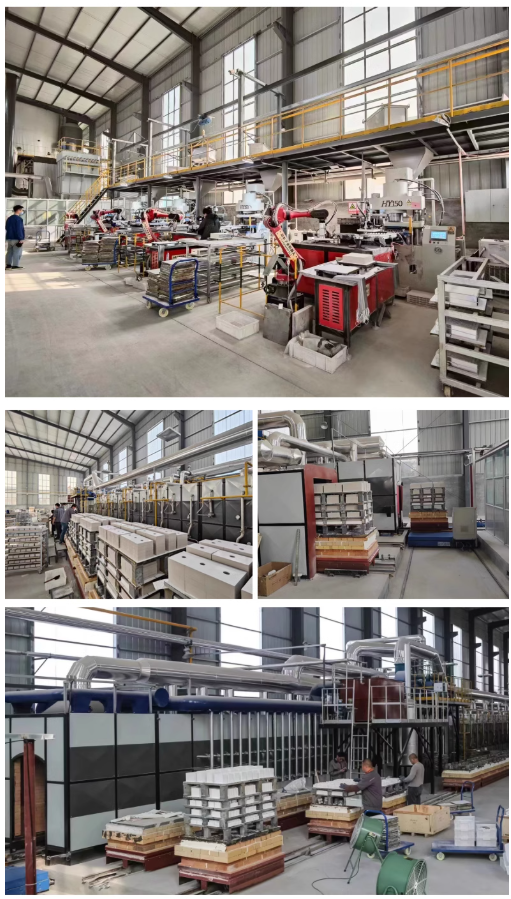
Payment Methods
T/T, Western Union, Paypal, Credit Card etc.
Shipment Methods
By air, by sea, by express, as customers request.
5 FAQs of Refractory Ceramic Fiber Rope
What is Refractory Ceramic Fiber Rope?
It’s a strong, flexible material made from alumina-silica ceramic fibers. These fibers are spun and braided into rope form. It handles very high temperatures well. It holds heat effectively. This makes it ideal for sealing and insulating hot areas.
How hot can RCF rope handle?
Most standard RCF rope withstands continuous temperatures around 2300°F (1260°C). Specific grades might handle higher or lower temperatures. Always check the manufacturer’s exact rating for the rope you pick. Exceeding the rated temperature damages the rope.
Where is RCF rope typically used?
You see it sealing gaps in high-temperature furnaces and kilns. It packs expansion joints in boilers and heaters. It wraps pipe and ductwork needing heat protection. It insulates thermocouple wires. It seals doors on ovens. Anywhere intense heat needs containment or sealing, RCF rope is a common solution.
How do I install RCF rope?
Clean the surface area first. Remove old gasket material, dirt, or grease. Cut the rope to the required length. Pack it firmly into the joint or gap needing sealing. Compression ensures a good seal. For critical joints, follow the equipment maker’s specific instructions. Wear proper safety gear during installation.
Is RCF rope safe?
Handling requires caution. The fibers can irritate skin, eyes, and lungs. Always wear gloves, safety glasses, and a proper dust mask (NIOSH N95 or better) when cutting or handling loose rope. Once installed and compressed, the risk drops significantly. Proper installation minimizes fiber release. Follow all safety guidelines provided.
REQUEST A QUOTE
RELATED PRODUCTS
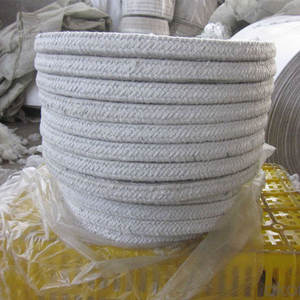
BIOWOOL Insulation Blocks, Ceramic Fiber or Various Ceramic Fiber Products with Biosoluble Fiber
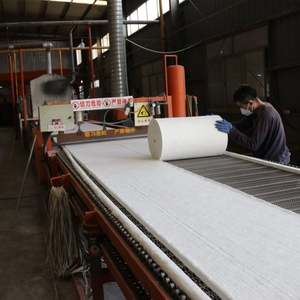
Cost-effective thermal insulation Ceramic Fiber cloth, HaCeramic Fiber blanket
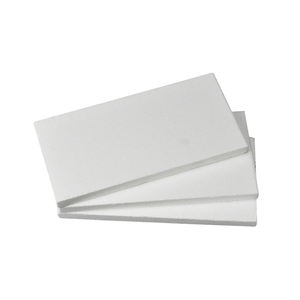
Ceramic fiber board in standard, high-aluminum, high-purity, and zirconium sizes available in custom sizes
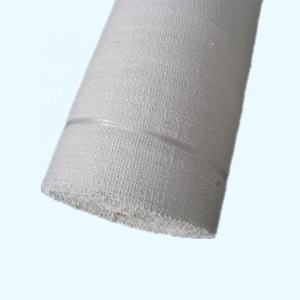
Custom aluminum foil fire-resistant woven ceramic fiber tape.
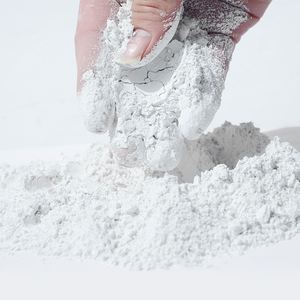
Hot-ing, specially designed, unique, and widely used furnace-heated ceramic fiber cloth.
